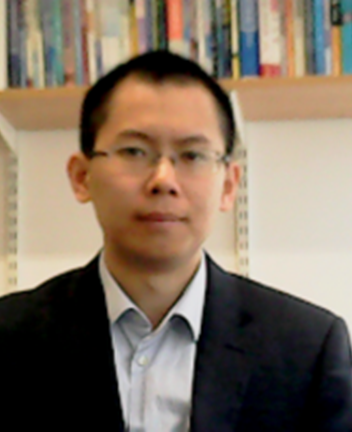Much of the UK’s existing infrastructure is old and no longer safe. In its State of the Nation Infrastructure 2014 report, the Institution of Civil Engineers stated that none of the sectors analysed were ‘fit for the future’, and only one sector was ‘adequate for now’. Existing infrastructure is challenged by the need to increase load and usage – whether the number of passengers carried, the number of vehicles, or the volume of water used – and by the requirement to maintain the existing infrastructure while operating at current capacity. To ensure structural integrity and operational safety as infrastructure ages and deteriorates, long-life and dynamic structural health monitoring systems must be developed to detect infrastructure strain and to provide clear warning signs when the infrastructure is in danger. This project leverages a new concept developed for energy harvesting from ambient vibrations based on the principle of parametric resonance, which demonstrated nearly an order-of-magnitude enhancement in harvested power density relative to state-of-the-art technology over a wider operational frequency band relative to ordinary resonance. This project will co-integrate mechanisms for harvesting energy from ambient vibrations with NEMS/MEMS sensors fabricated on thin film piezoelectric on Silicon and from a wireless sensor network that enables system-level integration to realize dynamic infrastructure sensing for industrial applications (supported by leading industrial partners in the field). Packaging technologies will also be developed to enable harsh environment applications.

My name is P. Adam LI. I finished my undergraduate in Huazhong University of Science and Technology, Wuhan. After that I finished my master degree in Photonic Technology in University of Southampton. Currently I am doing my PhD study in University of Southampton under the supervise of Dr Yan, whose research is mainly micro electronic mechanical system(MEMS). MEMS has various application due to its scaled down size and compatibility with CMOS, Which make it easier to form complex system. But one needs to have adequate knowledge in mechanics, electronic in order to design a reliable system. The goal of my research is to develop a sensor for infrastructure safety. Nowadays with growing population, there is a higher demand for the safety of critical infrastructure. MEMS can be easily implanted into the building without adding extra weight or breaking the original stability of the building, yet with high sensitivity to the any movement happened to the structure. My PhD research will combine MEMS with my knowledge in optics. Through the coupling between optical mode and mechanical mode, a more sensitive and reliable system can be developed.

Dr Yan received his first degree from Tsinghua University (China) and his PhD from the University of Cambridge. He is now an Associate Professor in the Nano Group at the University of Southampton. He was a PI in the University of Cambridge. His research focuses on NEMS/MEMS devices and sensing systems, and he has strong research activities in wireless sensor networks for infrastructure safety monitoring. His work has led to 70+ peer-reviewed publications, eight patents, and several best paper awards. As a co-investigator, he has secured £12M+ research grants from various sources. He has worked with 30+ industrial collaborators. He co-founded WISEN Innovation Ltd. in 2010, which is now a major wireless sensor network company in China’s geotechnical monitoring market. He is also a co-founder of Infinity Power Ltd., which has a focus on MEMS energy harvesters.